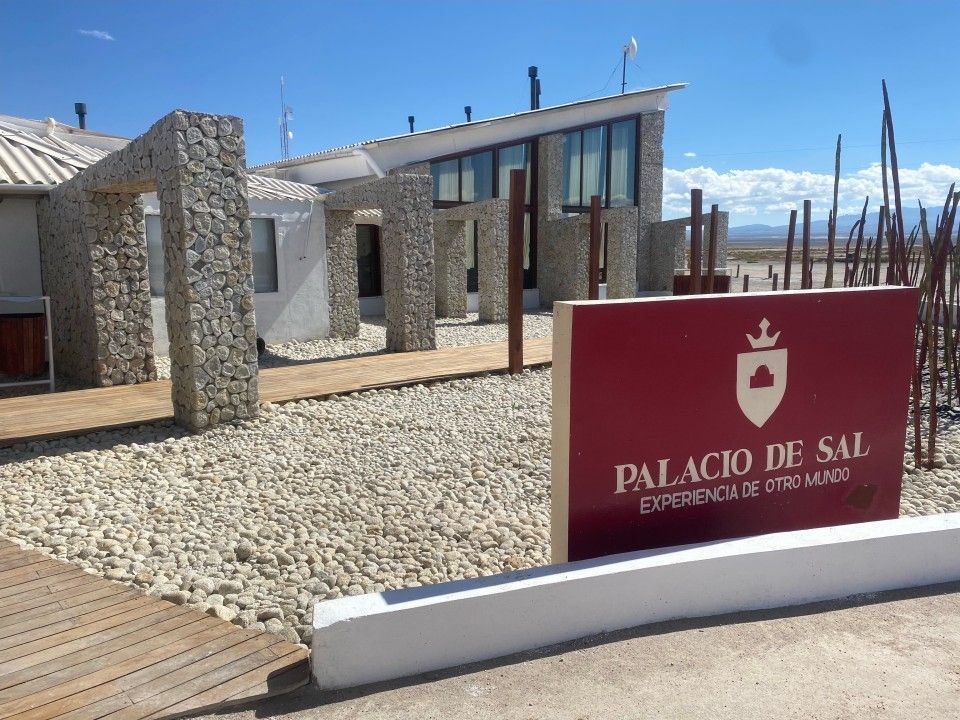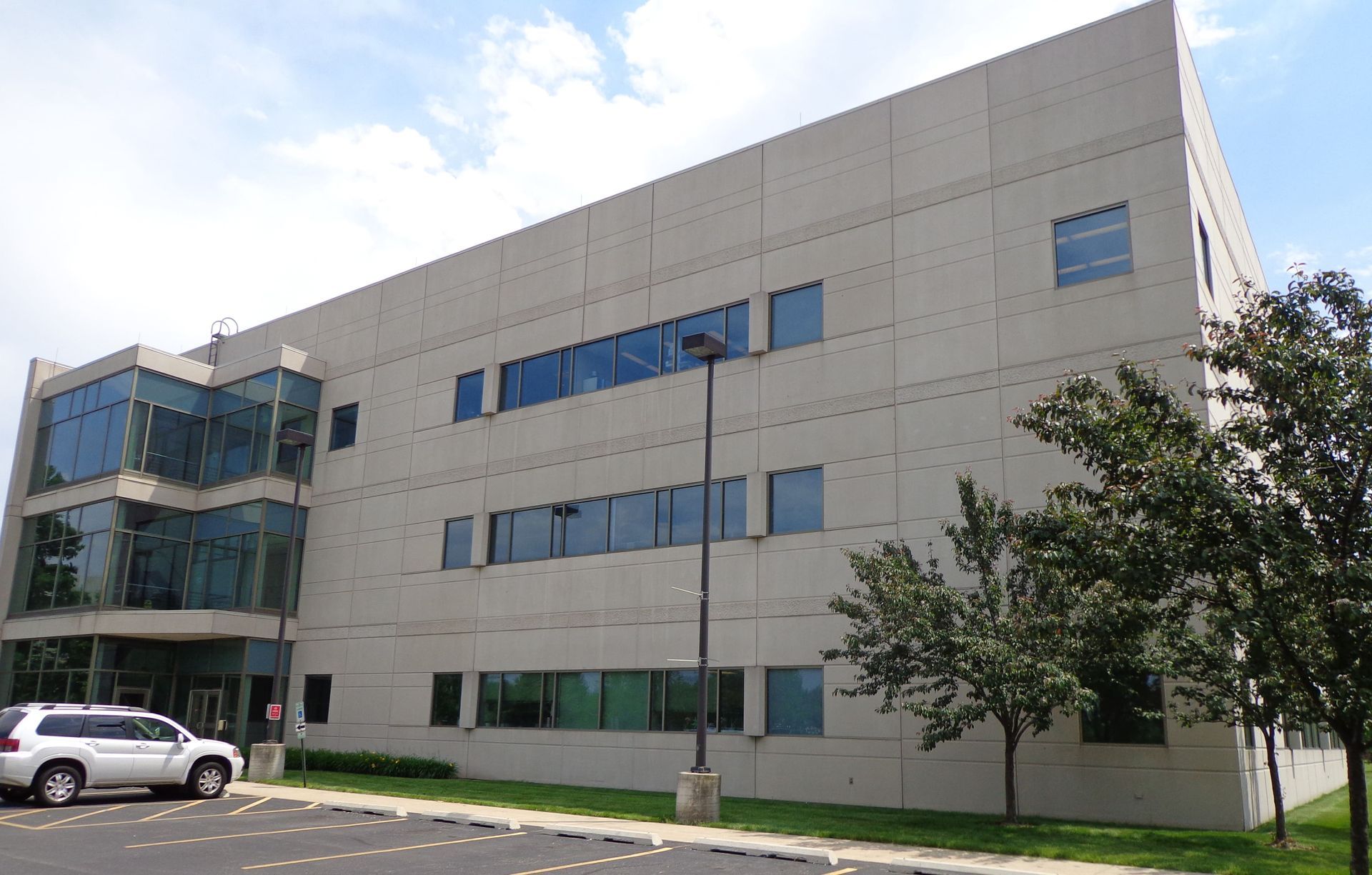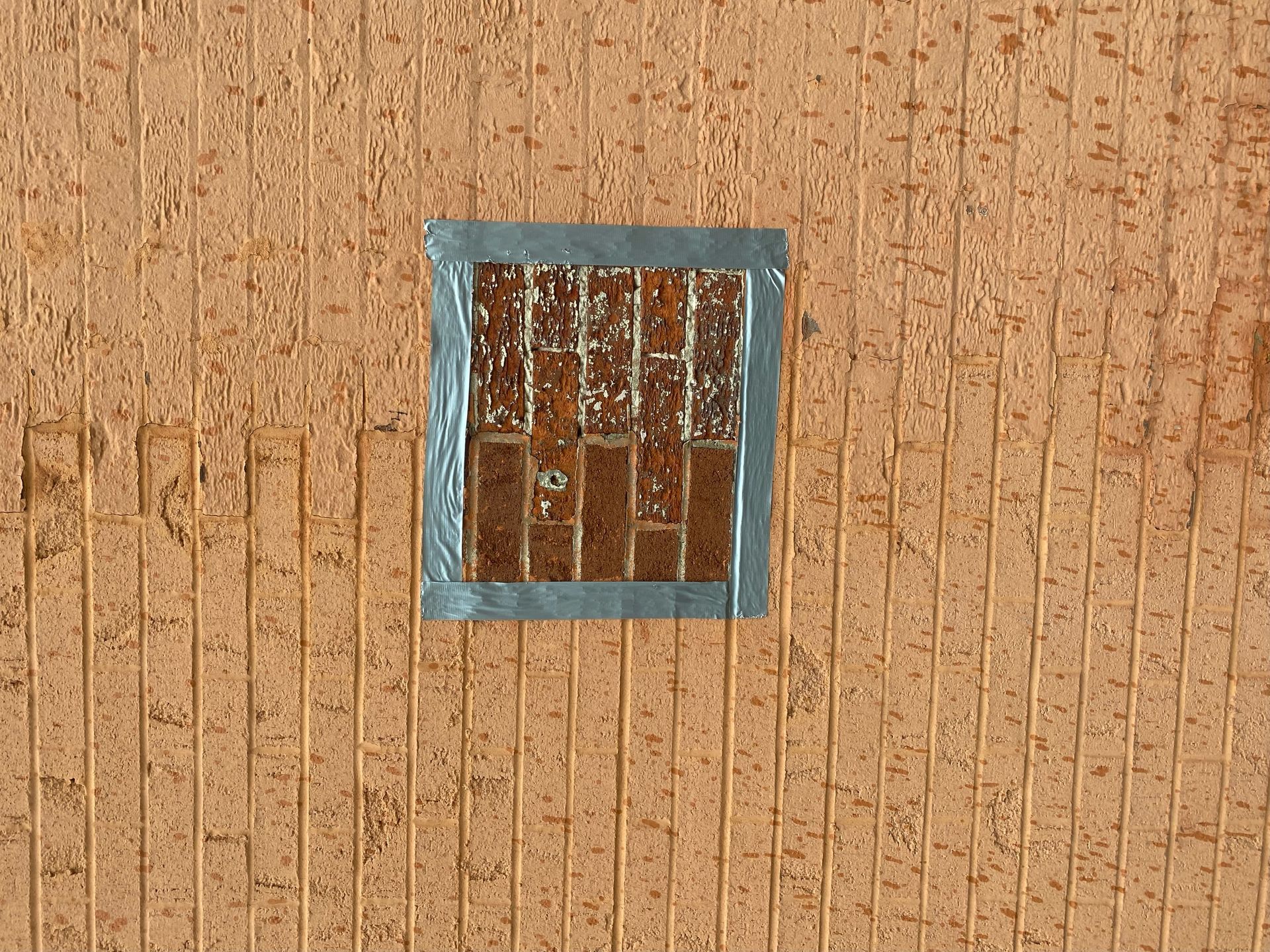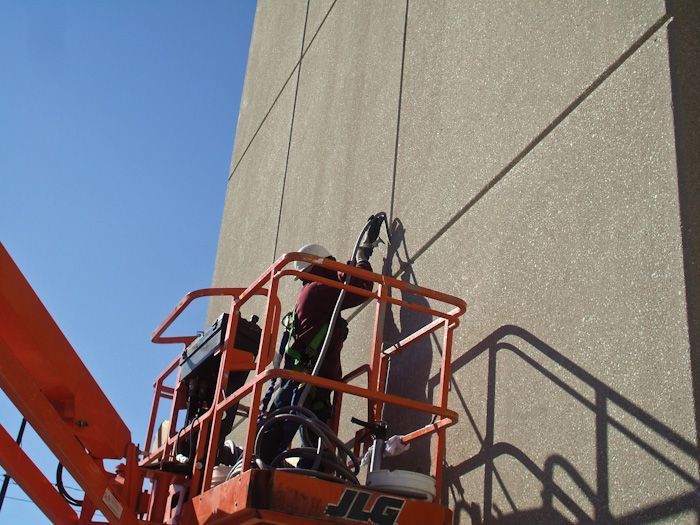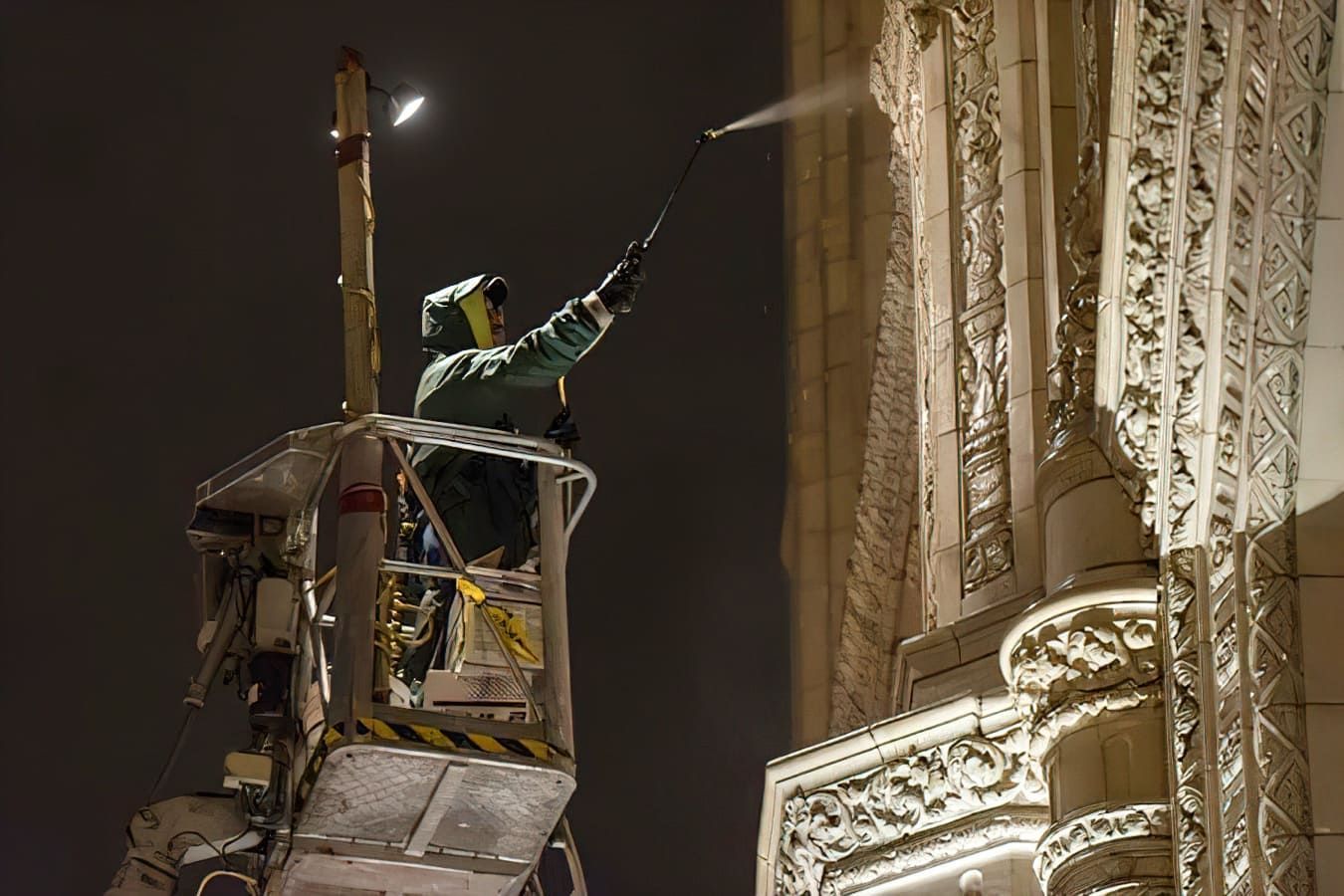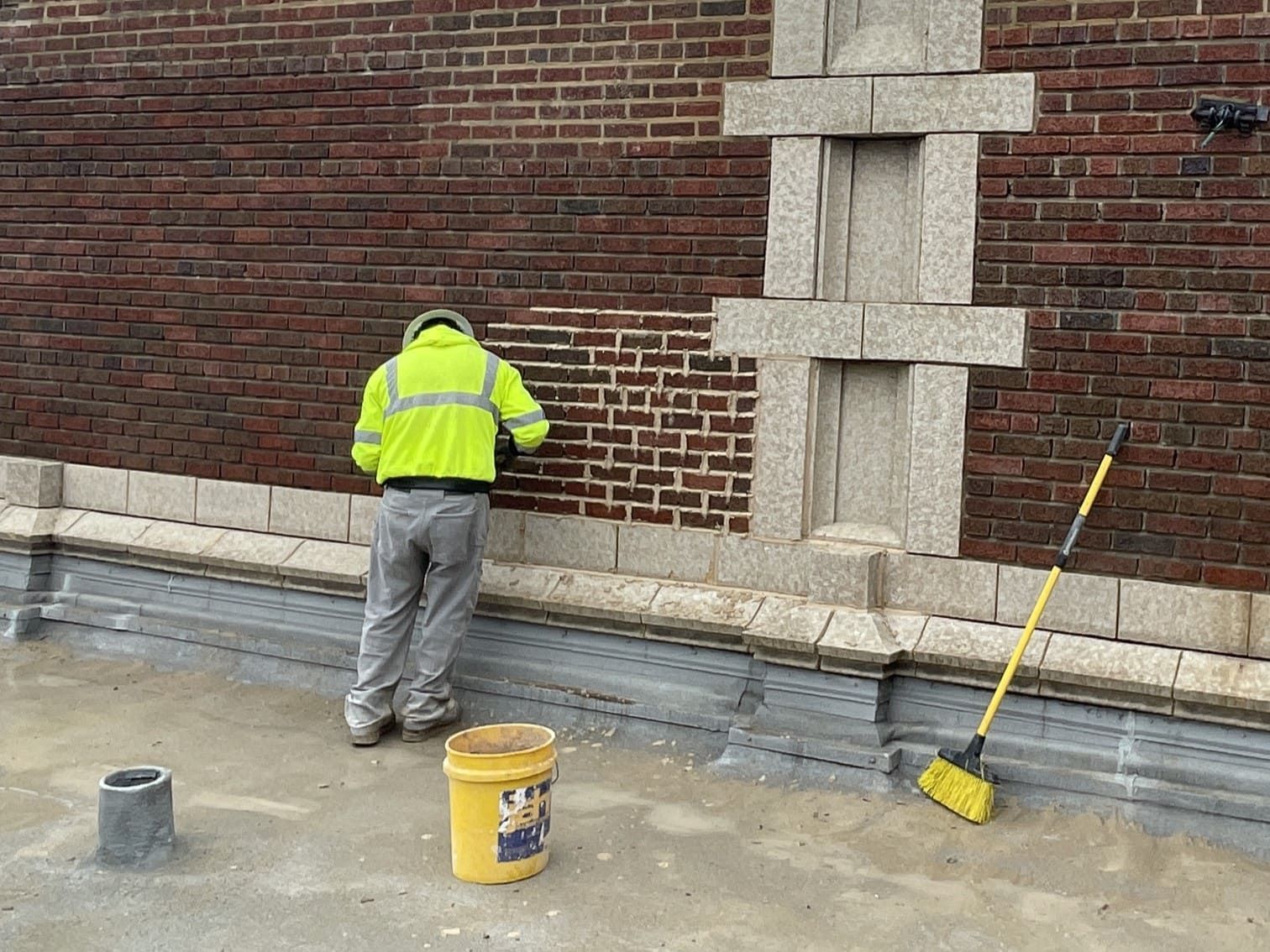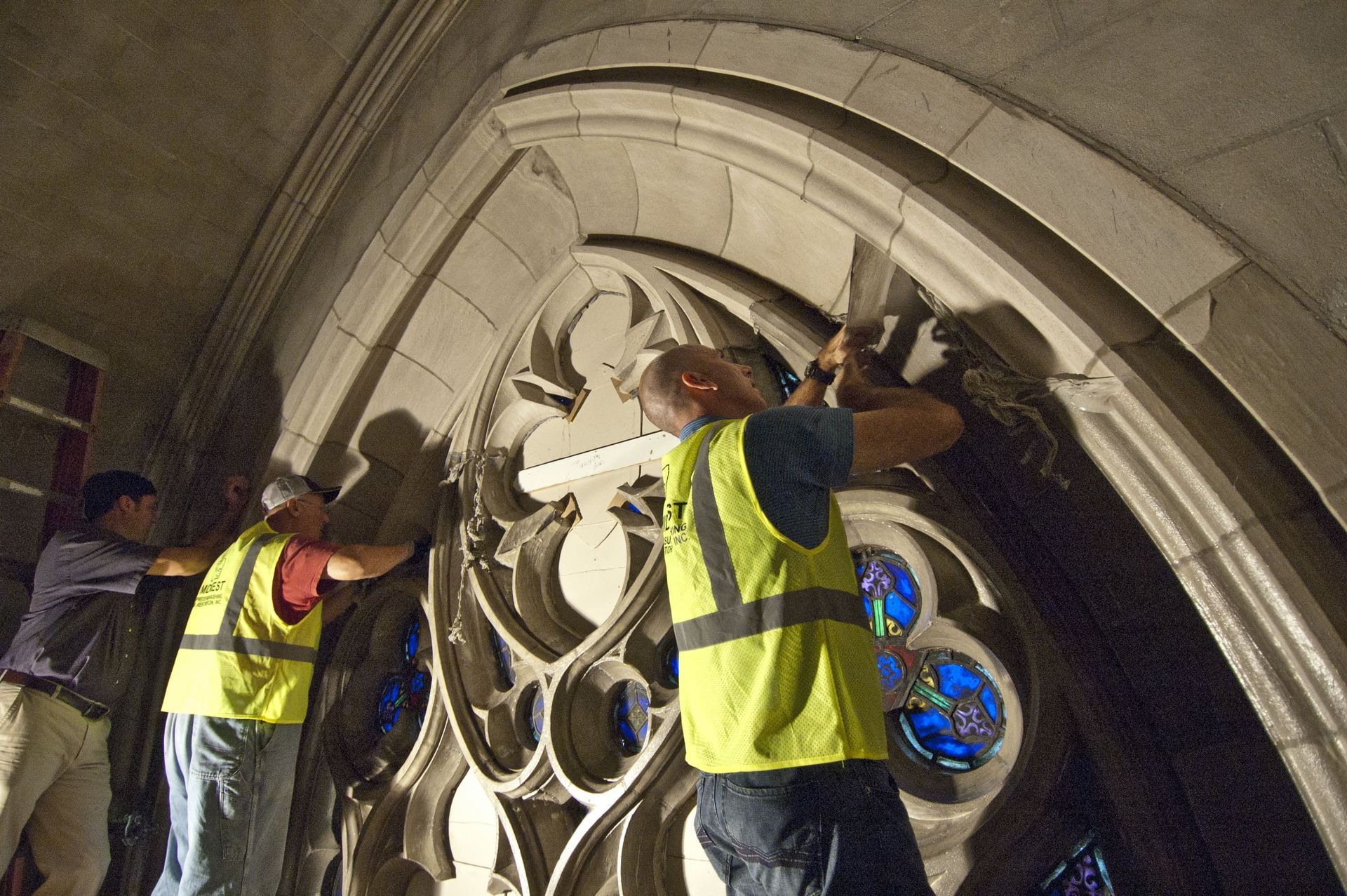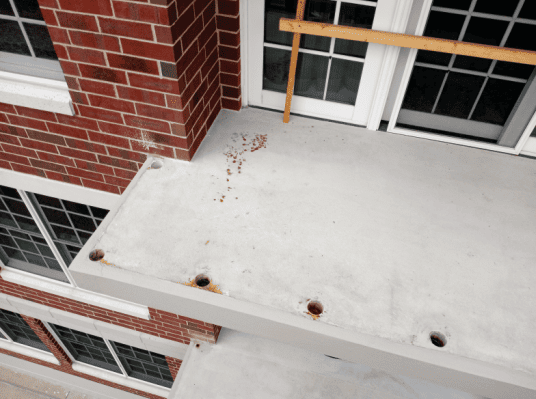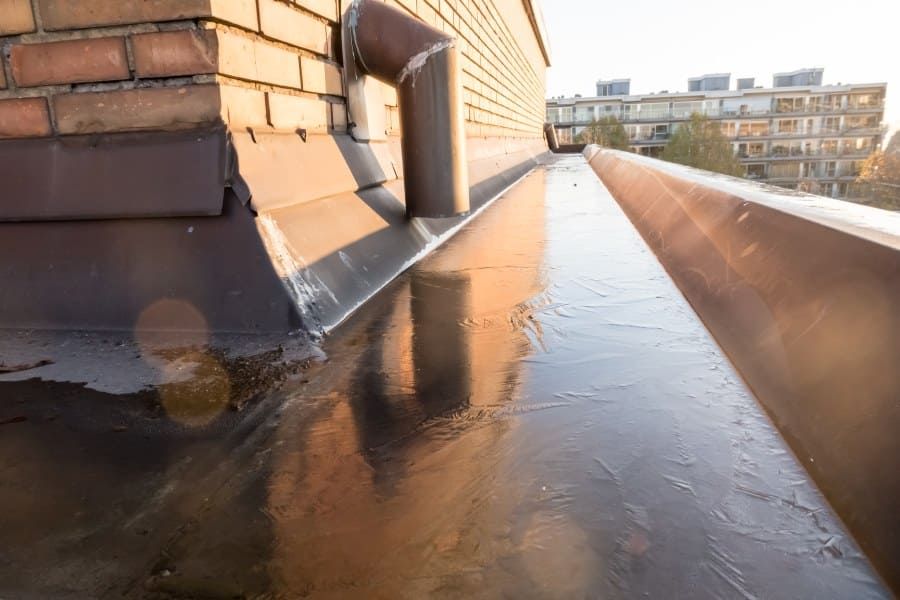As president of RestoreWorks, my days are usually filled with the presence of Chicagoland's brick and stone. But a recent trip to Bolivia offered a chance to encounter a truly unique structure – the Palacio de Sal, a hotel built entirely from salt bricks. This may appear different at first glance from the limestone facades and terra cotta that grace Chicago's buildings. However, the Palacio de Sal serves as a fascinating reminder of the remarkable versatility and innovation in masonry construction and building envelope design.
Carving a Legacy in Salt: The Story of the Palacio de Sal
The hotel's story itself is quite interesting. The original Palacio de Sal, built between 1993 and 1995, used about one million salt blocks, each carved from 35cm slabs, for its walls, floors, and even furniture. Due to its location in the center of the salt flat and challenges with waste management, the original hotel was dismantled in 2002. Around 2007, a new Palacio de Sal was constructed in a strategic location at the eastern edge of Salar de Uyuni, a little over 15 miles away from the town of Uyuni.
This new hotel incorporates the lessons learned from the first, and showcases a more sustainable design, complying with government regulations. It features an estimated one million salt blocks, used not just for walls and floors, but also for ceilings, furniture, and even sculptures. It even offers amenities like a saltwater pool, whirlpool baths, and a sauna, all highlighting the creative possibilities of this unique building material and masonry construction techniques.
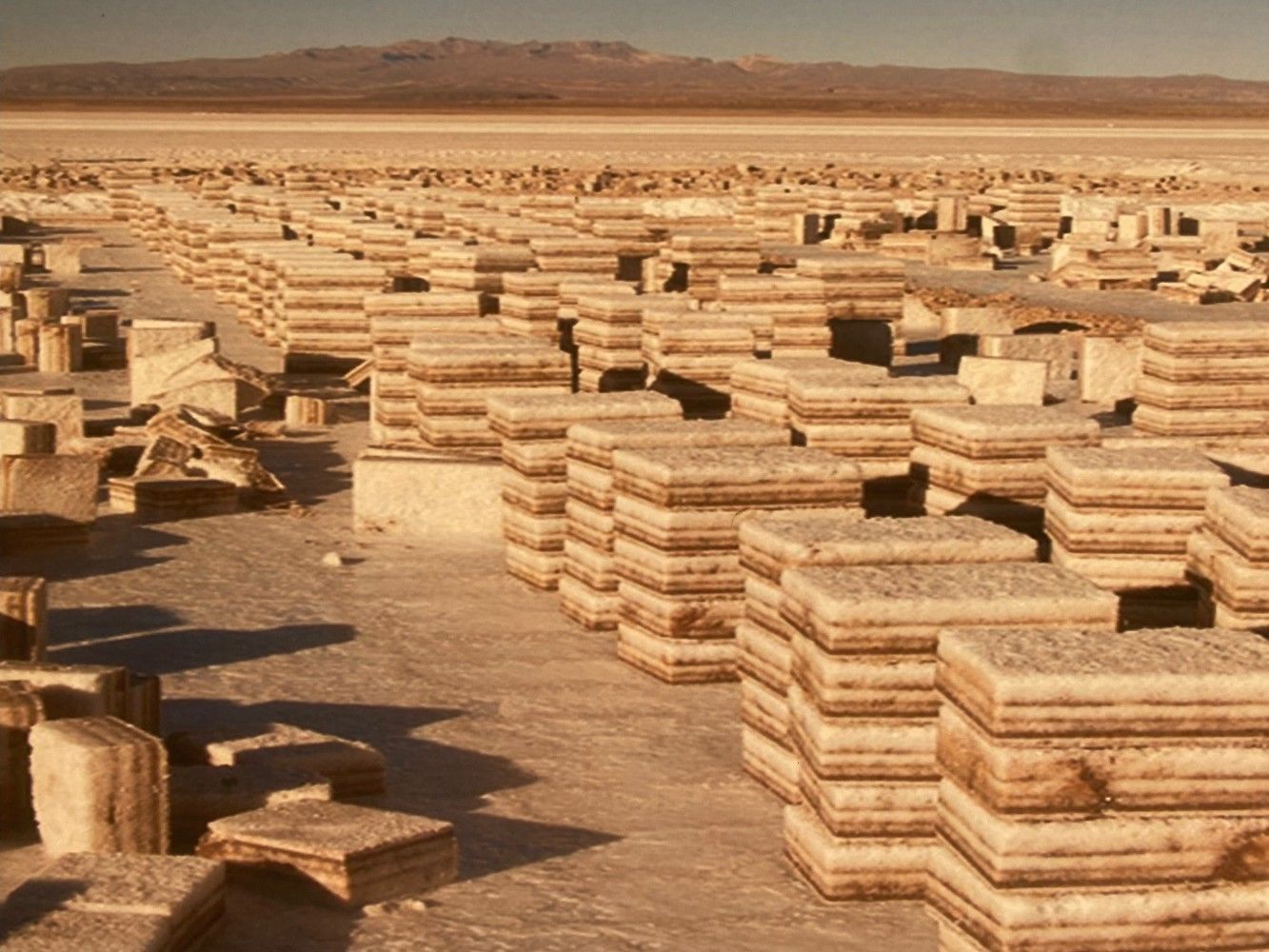
Nature's architectural foundation: Imposing stacks of salt blocks, the very foundation of the Palacio de Sal.
Environmental Considerations in Salt Construction
Naturally, the long-term viability of a salt structure is a topic of great interest to any masonry professional. The barren climate of the Bolivian Altiplano plays a crucial role in the hotel's survival, and specialized techniques were used to ensure its structural stability. This emphasizes the importance of considering environmental factors when selecting and working with any building material, even one as readily available as salt in Salar de Uyuni. The building envelope must be carefully designed to withstand the unique stresses of the environment
A Salty Inspiration
The experience of the Palacio de Sal offered an exclusive change from the familiar landscapes of Chicago's architecture. Yet, it served as a powerful reminder that the core principles of sound masonry construction – precision, durability, and a touch of artistry – can be applied in remarkable ways. As RestoreWorks continues its mission of preserving our city's architectural heritage, the Palacio de Sal stands as a unique inspiration, a testament to the power of creativity and preservation that could spark new ideas and inspire future generations.
Traditional Masonry vs Salt Construction
The building techniques employed at the Palacio de Sal differ significantly from traditional masonry construction in several key ways:
- Material: While traditional masonry utilizes materials like brick, stone, and concrete blocks, the Palacio de Sal is built almost entirely of salt blocks. The salt is first dried in the sun before being used like bricks.
- Mortar: In conventional masonry, units are typically bound together with mortar. However, at the Palacio de Sal, a paste made of ground salt and water is used to join the blocks.
- Structural Integrity: Salt is more brittle and less structurally robust than materials like stone or concrete. To compensate, the salt blocks at the Palacio de Sal are very thick, up to 14 inches. Traditional masonry can achieve strength with thinner walls.
- Maintenance: Due to the solubility of salt, the Palacio de Sal requires constant upkeep. Each year after the rainy season, about 10% of the structure must be rebuilt. Conventional masonry is more durable and requires less ongoing maintenance.
Despite the challenges of building with salt, the Palacio de Sal leverages the unique properties of the material to create stunning architectural features not possible with traditional masonry. The thick salt walls provide natural insulation, and the hotel features striking salt sculptures and design elements throughout.
Despite the challenges of building with salt, the Palacio de Sal leverages the unique properties of the material to create stunning architectural features not possible with traditional masonry. The thick salt walls provide natural insulation, and the hotel features striking salt sculptures and design elements throughout.

Sculpted artistry: A captivating depiction of a bird crafted entirely from salt blocks.
The Future of Salt Construction
While the Palacio de Sal remains a novelty, some believe salt could play a larger role in construction in the future, especially in arid climates where it is abundant. Researchers are experimenting with using salt waste from desalination and mining, as well as developing salt-based composites for 3D printing applications.
As the world seeks more sustainable building solutions, salt may emerge as an innovative alternative material in some contexts. The Palacio de Sal offers an intriguing glimpse into the possibilities of this unique approach to masonry construction and building envelope design.
Whether you're restoring a historic stone building or exploring cutting-edge materials, RestoreWorks Masonry Restoration has the expertise to bring your vision to life. Contact us to discuss your next masonry construction project.

